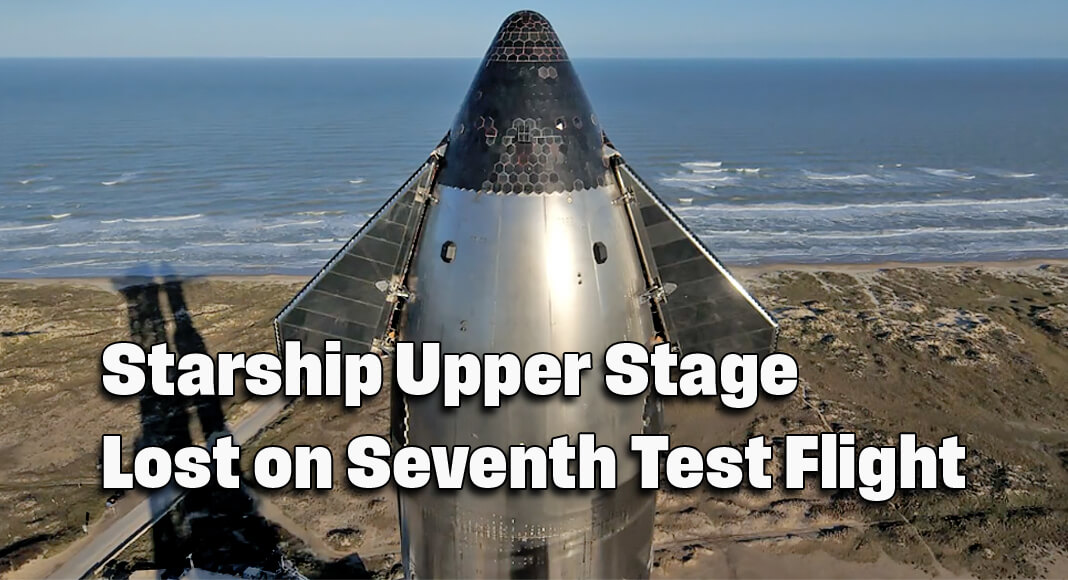
Texas Border Business
SpaceX – The first Starship flight test of 2025 flew with ambitious goals: seeking to repeat our previous success of launching and catching the world’s most powerful launch vehicle while putting a redesigned and upgraded Starship through a rigorous set of flight demonstrations.
It served as a reminder that development testing by definition is unpredictable.
On its seventh flight test, Starship successfully lifted off from Starbase in Texas at 4:37 p.m. CT on Thursday, January 16. At launch, all 33 Raptor engines powered the Super Heavy booster and Starship on a nominal ascent. Following a successful hot-stage separation, the booster successfully transitioned to its boostback burn, with 12 of the planned 13 Raptor engines relighting, to begin its return to the launch site.
Super Heavy then relit all 13 planned middle ring and center Raptor engines and performed its landing burn, including the engine that did not relight for boostback burn. The landing burn slowed Super Heavy down and maneuvered itself to the launch and catch tower arms, resulting in the second successful catch of a Super Heavy booster.

Following stage separation, the Starship upper stage successfully lit all six Raptor engines and performed its ascent burn to space. Prior to the burn’s completion, telemetry was lost with the vehicle after approximately eight and a half minutes of flight. Initial data indicates a fire developed in the aft section of the ship, leading to a rapid unscheduled disassembly.
Starship flew within its designated launch corridor – as all U.S. launches do to safeguard the public both on the ground, on water and in the air. Any surviving pieces of debris would have fallen into the designated hazard area. If you believe you have identified a piece of debris, please do not attempt to handle or retrieve the debris directly. Instead, please contact your local authorities or the SpaceX Debris Hotline at 1-866-623-0234 or at recovery@spacex.com.
As always, success comes from what we learn, and this flight test will help us improve Starship’s reliability as SpaceX seeks to make life multiplanetary. Data review is already underway as we seek out root cause. We will conduct a thorough investigation, in coordination with the FAA, and implement corrective actions to make improvements on future Starship flight tests.
The ship and booster for Starship’s eighth flight test are built and going through prelaunch testing and preparing to fly as we continue a rapid iterative development process to build a fully and rapidly reusable space transportation system.
Information source: SpaceX












